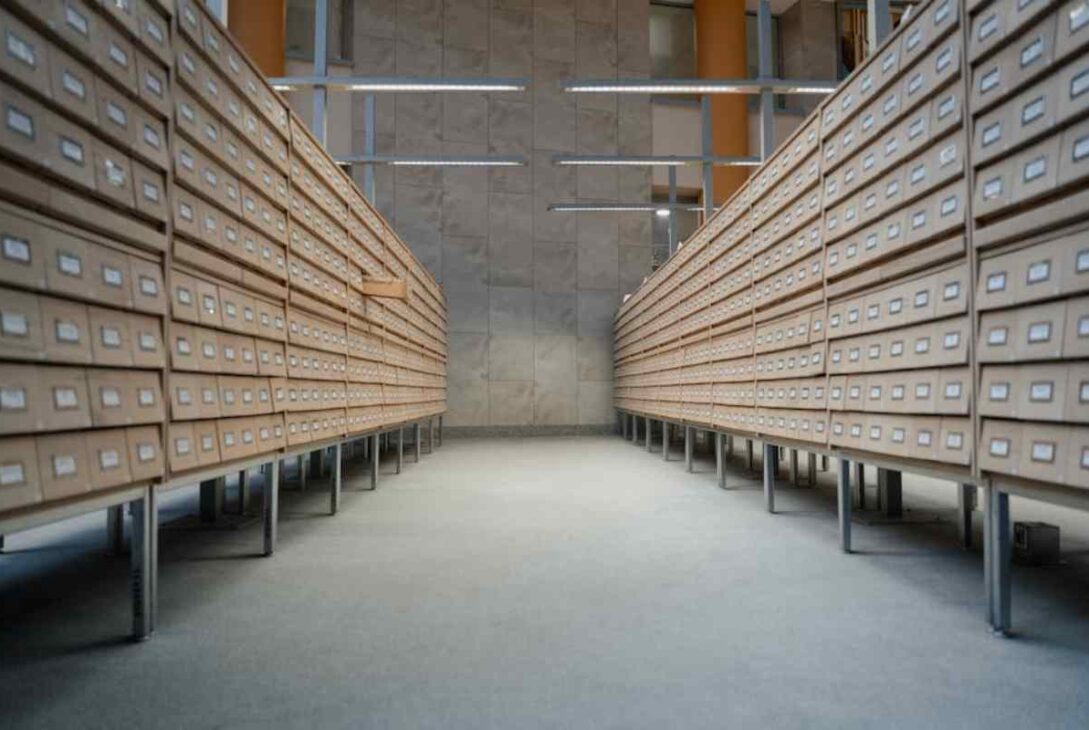Here’s a hard truth most labs learn the hard way:
It’s not enough to have a slide storage cabinet. You have to maintain it—regularly—if you expect it to last a decade or more without warping, rusting, or turning into a glorified junk drawer.
Whether you’re storing delicate histology slides or decades of academic specimens, neglecting your cabinet can lead to drawer misalignment, dust infiltration, or—worst of all—slide degradation.
So how do you keep your investment functional, safe, and scientist-approved for the long haul?
Let’s break it down.
1. Clean Like You Mean It (But Gently)
Microscope slides are sensitive. So is the cabinet that holds them.
Start with these cleaning basics:
- Wipe external surfaces monthly with a microfiber cloth and mild detergent. Avoid bleach or industrial solvents unless the manufacturer approves it.
- Vacuum interior drawers using a handheld with a soft-brush attachment. Dust loves corners, and so do mold spores.
- Check for spills—especially if you work with staining agents, alcohols, or paraffin. Even a small chemical leak can corrode metal or attract pests.
Tip: Never spray anything directly on or inside the cabinet. Spray the cloth, then wipe.
2. Lubricate Drawers Once or Twice a Year
If your slide storage cabinet features metal drawer runners or telescoping glides, those parts need love too.
Use a non-greasy, lab-safe lubricant (such as a silicone spray) to keep drawers sliding smoothly and quietly. Sticky drawers are more than an annoyance—they increase the risk of sudden jerks that can jostle or even crack your slides.
Before you lube:
- Remove the drawer if possible
- Wipe off dust and grit
- Apply lubricant sparingly
- Test motion several times
Overdoing it can cause dust to cling, which defeats the purpose.
3. Monitor the Environment—Humidity is the Silent Killer
Slide cabinets do not thrive in humid basements or poorly ventilated labs.
Excess moisture can:
- Cause metal to corrode
- Encourage mold growth on slide labels
- Damage paper records stored alongside your slides
Ideal conditions:
- 30–50% humidity
- 65–72°F (18–22°C) temperature
- No exposure to direct sunlight or heat sources
Invest in a digital hygrometer. And if humidity creeps too high, consider using a desiccant inside your cabinet or a dehumidifier in the room.
4. Perform a Quarterly Inspection
Make it a habit—every few months, give your cabinet a once-over.
Check for:
- Drawer misalignment or wobbling
- Rust spots or bubbling paint
- Loose hardware (screws, locks, handles)
- Signs of pests (yes, even in clean labs)
It’s easier to tighten a drawer track now than rebuild it later. And if you notice wear and tear? A quick call to your cabinet manufacturer could save you costly repairs or replacements.
5. Organize Your Slides—Clutter Causes Damage
Let’s be honest: slide chaos happens. But overstuffed drawers or sloppy labeling increase handling risks and make it harder to keep the cabinet clean.
Best practices:
- Use labeled trays or holders for consistent alignment
- Leave a little breathing room between trays
- Alphabetize, date, or color-code to reduce unnecessary shuffling
- Avoid stacking anything on top of the cabinet—it throws off weight distribution over time
Cabinet organization isn’t just for aesthetics. It’s preventive care.
Bonus: Use Cabinets Designed for Long-Term Performance
Even the best maintenance routine won’t save a poorly built cabinet.
That’s why it pays to start with quality. Eberbach’s slide storage cabinets are engineered with lab durability in mind—powder-coated steel, smooth-glide drawers, and configurations made to support heavy, high-density slide storage without tipping, sticking, or warping.
Because maintenance works best when the bones are strong.
Final Slide
Your slide storage cabinet protects more than glass—it protects data, diagnosis, and decades of research. And while it may not beep, ping, or plug into the wall, it’s one of the hardest-working tools in your lab.
So show it a little respect. Clean it. Inspect it. Keep it dry, aligned, and organized.
It’s not just maintenance. It’s preservation—with a side of peace of mind.
Also read: The Psychology of iPhone Selling: Creating a Sense of Urgency



